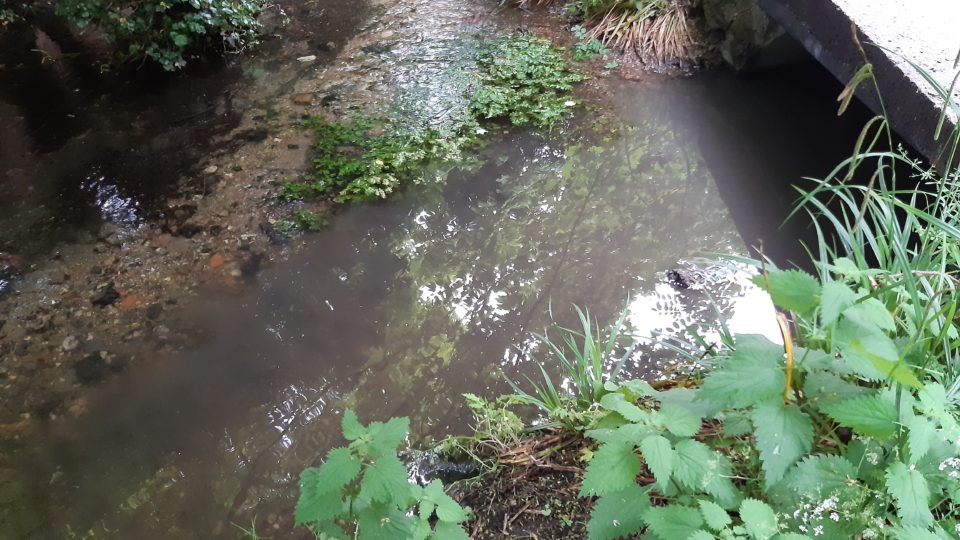Mud Spotter & rainy days*: perfect for tracking fine sediments!
With the change of seasons, our rivers and streams are benefitting from higher flows after this summer’s drought, but in many locations, the extra flow also brings increased overland run-off which is often loaded with fine sediments, otherwise known as mud!
In some rivers this excess of fine muddy material can cause problems where sensitive aquatic species depend upon clean and well oxygenated gravel beds to survive and thrive. In other locations, fine sediments might combine with high levels of nutrients or pollutants adding further pressure to water-dependent organisms and their supporting ecosystems.
On the River Chess, as part of Thames Water Smarter Water Catchment programme, local volunteers trained to use Mud Spotter and the Modular River Survey aka MoRPh Rivers Citizen Science survey have been busy gathering data come rain or shine!* Follow this link to discover more about how training and monitoring river habitats and muddy sediments are making a difference in the Chilterns AONB (Area of Outstanding Natural Beauty!)

*It doesn’t have to be raining to get outside with the new Cartographer Mud Spotter app, but ideally recording wherever you spot mud entering a channel within a few hours of rain will be most informative.
To find out more about Mud Spotter you cab follow this link and get in touch via our Contact page.
Main feature photo credit: Alice Dancer via Mud Spotter app images in Cartographer

